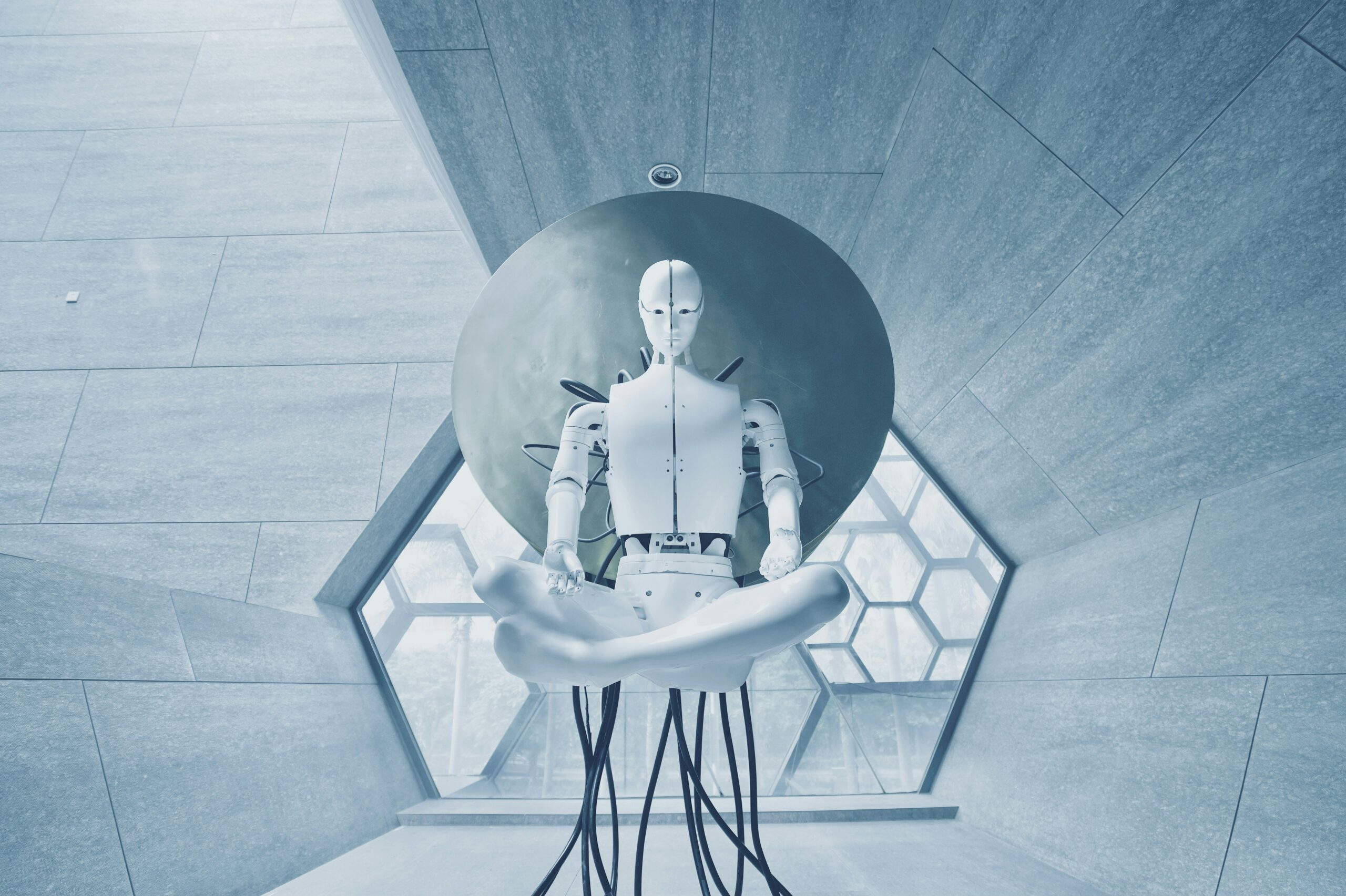Although this title is confusing, is entirely true. Eyman discusses “Human-Computer Interaction (HCI)” § (pp. 55–60) in “Defining and Locating Digital Rhetoric,” where he explores digital rhetoric’s relationship with other fields like “human-computer interaction (HCI) and the emergent field of critical code studies.” Eyman describes how besides these fields being very different from each other, are fundamental for the overall understanding and mastering of digital rhetoric. Let’s break it down, for my own sake.
Digital Rhetoric and Human Computer Interaction
At this point, after reading many blog posts, I’m sure you are comfortable with the digital rhetoric term. But we can push it further. Let’s start with definitions:
H. Rex Hartson define HCI as “a field of research and development, methodology, theory, and practice, with the objective of designing, constructing, and evaluating computer based interactive systems, so that people can use them efficiently, effectively, safely, and with satisfaction.”
Oh, big strong man, fancy new whatever, what does that mean?
HCI focuses on moree technical aspects of digital rhetoric like computer science aspect of a website, for example. HCI is the one in charge of, like its name says, human-computer interactions. For this, HCI intellects emphasize on usability and consumer experience when designing Web pages. These efforts is what connects HCI with the overall concept of digital rhetoric. Thomas Skeen (2009) states that there’s some overlapping between both fields, and one of its parallels “is the issue of ‘user’ empowerment.” He then continues by saying that “the HCI field also concerns itself with user-centric empowerment as an ideal. As they consider the user’s wants and needs, an ideal of democratization and empowerment exists in both fields.” This is because when digital rhetoric thinks of the audience first in order to persuade, HCI does the same but with users. As silly as it may sound, the audience and the user in my book are the same people. Those whom the rhetor would like to reach.
Digital Rhetoric and Critical Code Studies
As for Critical Code Studies (CCS), Mark Marino proposed that the methods of literary analysis should be applied for to the reading of code. Eyman assures that “critical code studies is of interest because it relies explicitly on rhetorical methods.” What rhetorical methods? You may be asking. Well, the way programmers write code, is the same way a rhetor writes. For an audience. The difference here is that programmers and code intellectuals don’t write for just one audience. Instead, they write for how the users will experience the software, for the computers to understand the information that is being given, and they write for themselves. Yes, themselves.
Programmers, for better efficiency, need to write comments on their code that the computer does not understand, but other humans do. This is because, in the computer science and coding fields all projects are made a a collectiv eof individuals. Therefore, if one programmer writes a code but doesn’t explain what a particular operator is doing through comments, the next programmer to work on that same code will struggle to understand the logic flow of the previous one.
Bogost and Monfort (2006) “think of software as a layer that permeates all areas of contemporary societies. Therefore, if we want to understand contemporary techniques of control, communication, reepreeseentation, simulation, analysis, decision making, memory, vision, writing and interaction, our analysis can’t be complete until wee cosider this software layer.”
Rhetoric. Humans. Computers. Digital. Rheto–
We know that HCI and CCS are important factors of digital rhetoric, but how do they all connect? For this, I have an example out of the computers’ realm. Imagine you are the spectator of a theater play, and you see the actors on stage taking you on a rollercoaster of emotions you may not necessarily be expecting but enjoy. The actors are doing the best they can to make your experience at the theater pleasant, safe, entertaining and amusing. However, they are not the only ones working hard to make you feel that way. In the backstage, there is a crew of working individuals catering the cues, sounds, curtain rolls, props, and those who wrote and direct the play. Both the actors on the front of the stage and the crew on backstage are all working together towards one goal. Fulfill your entertainment needs, wants, and beyond.
In this example, you can keep being you. The audience. The user. The actors in front of the stage will be HCI and the crew backstage is CCS. As you can see, they all provide to an audience; and just like a backstage crew, they will need an internal messaging system to communicate within them when to roll a sound or a cue. This is how HCI and CCS work together in terms of digital rhetoric.
Humans meet computers to meet humans.
As it has been described, the computers don’t do stuff on their own. They need a human to tell them what to do! For this, humans study other humans, and create programs and softwares that alleviate the work load of analyzing every human’s behavior digitally. With this, I find important to note that the doings of programs/softwares/websites online, for better or worse, are not the doings of a computer, but rather the result of another human’s agenda.





Leave a Reply